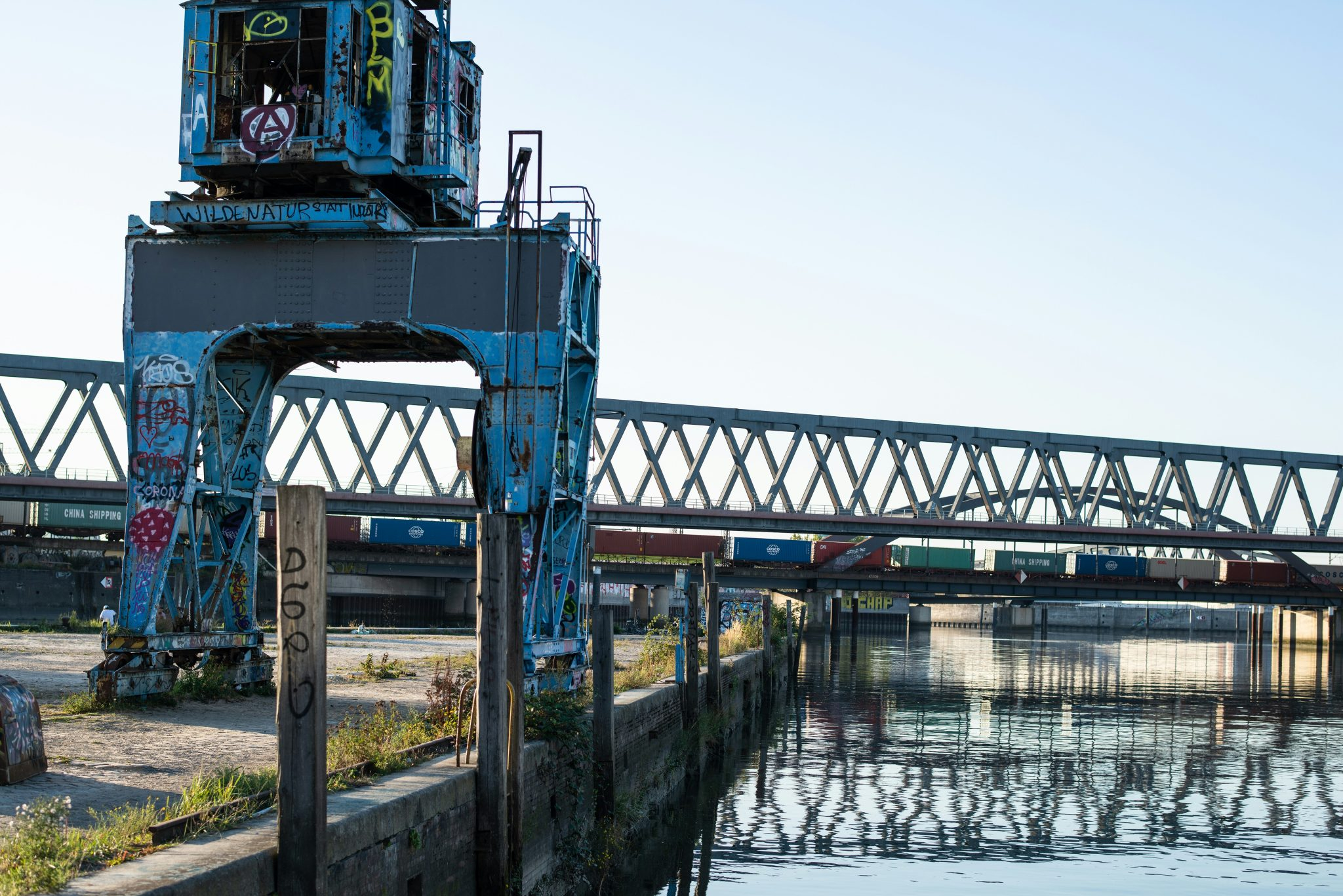Electric Ferries Quietly Transform Waterway Transport
The transportation industry is constantly evolving and looking for ways to reduce its impact on the environment. For years, electric cars have been touted as a solution for reducing carbon emissions and reducing our dependence on fossil fuels. However, there is another mode of transportation that is also quietly making a difference in the green movement – electric ferries. These silent vessels are transforming waterway transport and bringing a much-needed change to the maritime industry. In this article, we will explore how electric ferries are revolutionizing waterway transport and the impact they are having on the environment.
The Rise of Electric Ferries
Electric ferries, also known as e-ferries, are ferries that are powered by electricity rather than traditional diesel or gas engines. These ferries use batteries to store energy and propel the vessel, making them emission-free and noiseless. While the concept of electric ferries is not new, their popularity has been on the rise in recent years due to advancements in battery technology and a growing concern for the environment.
The first modern electric ferry was launched in Norway in 2015. Since then, many countries have followed suit, including Denmark, Sweden, the Netherlands, and Canada. In the United States, the first fully-electric ferry, named the “e-ferry,” was launched in Washington state in 2018. And the number of electric ferries in operation is only expected to grow in the coming years.
The Impact on Waterway Transport
Electric ferries have been a game-changer for waterway transport. Traditional ferries powered by diesel or gas engines emit pollutants such as nitrogen oxide, sulfur oxide, and particulate matter, which contribute to air pollution and have negative effects on human health. These pollutants are also harmful to marine life, which can have a devastating impact on the environment.
With electric ferries, there are no emissions, making them a more sustainable and eco-friendly option. And while there is still a carbon footprint associated with the production and disposal of batteries, it is significantly lower than that of traditional ferry engines.
In addition to being environmentally friendly, electric ferries also have economic benefits. They have lower operating costs compared to traditional ferries, as electricity is typically cheaper than diesel or gas. This results in long-term cost savings for ferry operators, which can be passed on to consumers.
The Future of Waterway Transport
The future looks bright for electric ferries. With advancements in battery technology, these vessels are becoming more efficient and can travel longer distances without recharging. This development has opened up opportunities for the use of electric ferries in longer routes, such as between islands and even between countries.
In addition to longer distances, there are also plans to use electric ferries for cargo transport. A partnership between two German companies, Siemens and the Hamburg Port Authority, has led to the development of a fully-electric barge that can transport shipping containers. This innovation has the potential to significantly reduce emissions in the shipping industry, which is responsible for a large portion of global carbon emissions.
The Environmental Impact
The environmental impact of electric ferries cannot be overstated. In a study conducted by the Norwegian Institute of Transport Economics, it was found that switching from traditional diesel-powered ferries to electric ferries could reduce CO2 emissions by up to 95%. This reduction in emissions can have a significant impact on our efforts to combat climate change and improve air quality.
In addition to reducing emissions, electric ferries also reduce noise pollution. The engines of traditional ferries can be loud and disruptive to marine life. With electric ferries, the lack of engine noise helps to keep marine life undisturbed, making it a more sustainable option for waterway transport.
The Need for Government Support
While electric ferries show great promise, their widespread adoption is still hindered by high upfront costs and a lack of infrastructure. The production and installation of charging stations, as well as the development of new battery technologies, require significant investments. This is where government support becomes crucial.
Countries such as Norway and Denmark have been at the forefront of the electric ferries movement, providing subsidies and incentives to ferry operators to make the switch to electric. This support has been vital in driving the growth of electric ferries and making them a viable option for waterway transport.
Conclusion
Electric ferries may not be making headlines as much as electric cars, but they are quietly making a big impact. With their zero emissions, lower operating costs, and potential to transform cargo transport, electric ferries are revolutionizing waterway transportation. With continued government support and advancements in technology, these vessels will continue to play a crucial role in reducing our carbon footprint and creating a more sustainable future.










